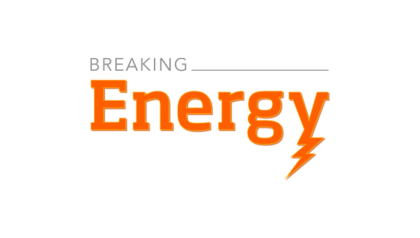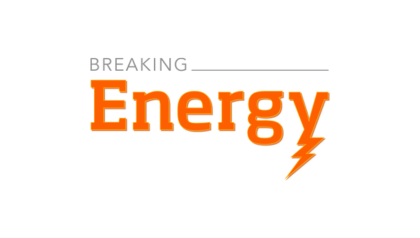
While some parts of the world take hydropower for granted, it’s an unfamiliar concept in many others. Energy market analysts at GlobalData, however, say government support globally is “making hydropower a key renewable energy resource” and that small hydropower plants (SHP) in particular are showing serious growth, largely because of the numerous advantages they have over larger facilities.
According to a recent GlobalData report, global installed hydropower capacity grew from 896.9 gigawatts in 2006 to 1.072.1 gigawatts in 2011. The company anticipates that number to climb to 1,443 gigawatts by 2020 because of continued government support. Keep reading →








